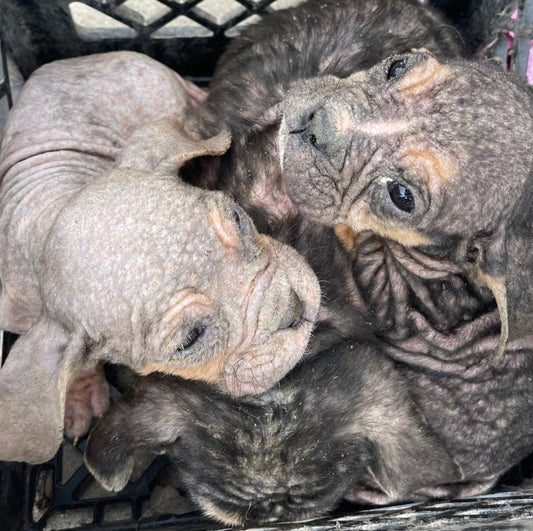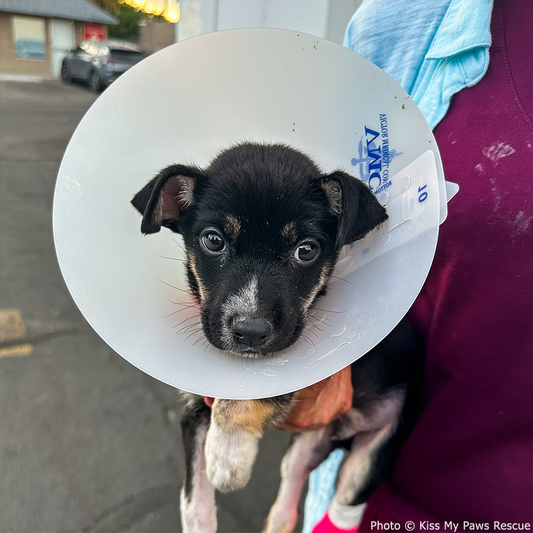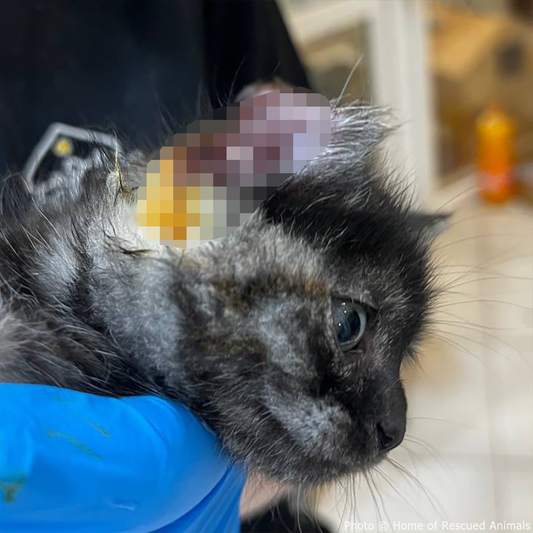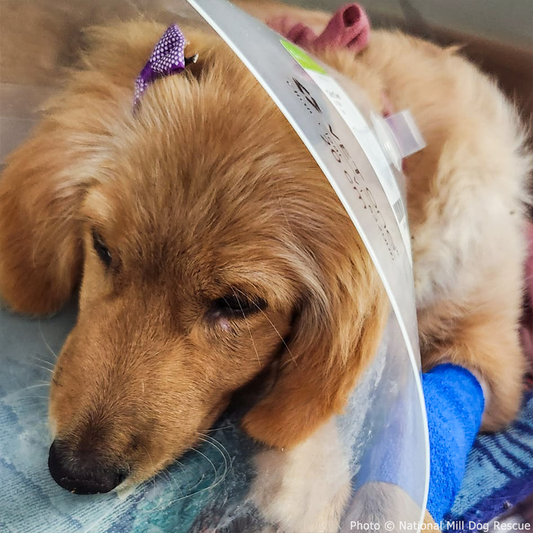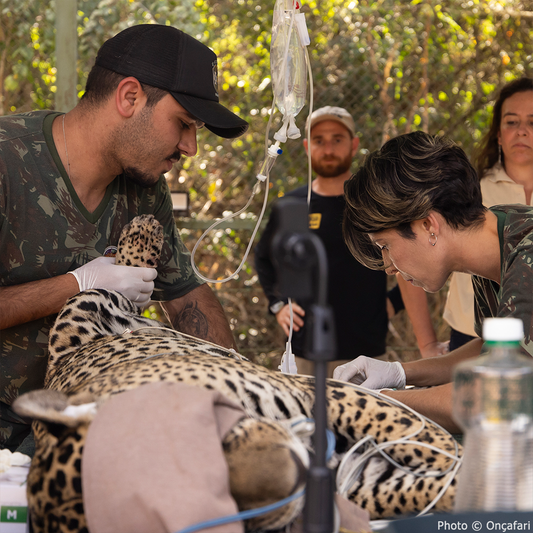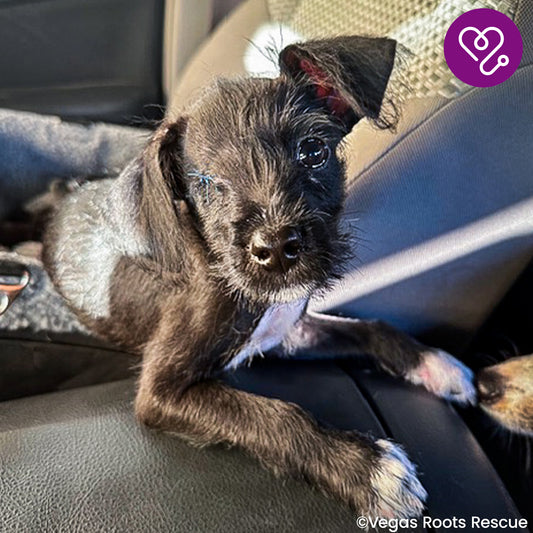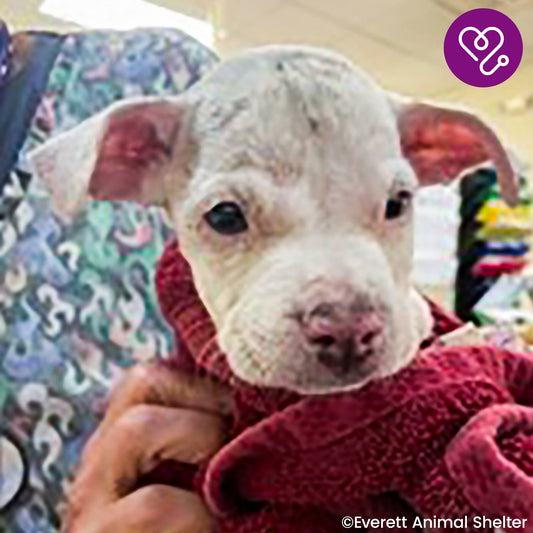10 Animals with Strong Mother-Child Bonds
Michelle Milliken
Adobe Stock / Chris
As humans, we never stop needing our moms. Wildlife tend to need theirs in their first weeks of life when they’re most vulnerable, as well, but, for some, that connection lasts even longer. It can even last for a lifetime. Learn more about some of the species with the strongest mother-child bonds in the animal kingdom.
African Elephants

African elephants have a strong connection with their offspring from the very beginning, as their pregnancies last about 22 months! Considering the size of that soon-to-be calf, mama puts in some work. Once calves are born, the physical closeness continues, with offspring nursing for up to six years. They tend to stick very close to their mothers for at least the first two to three years of their lives. Mothers are attached, too, as they’ve been observed mourning deceased calves. It’s not just in childhood that they remain close, either. Female offspring usually stay with their mother’s herd, as elephants have a matriarchal society.
Bonobos
Another matriarchal society is that of the bonobo, one of our two closest relatives. When babies are born, they’ll spend the next few years sticking close to their mothers. While bonobos have been seen supporting other females during birth, the bond between mother and daughter isn’t as strong. Daughters will leave their mother’s group, while sons will remain. Research has shown that bonobo mothers can get fairly involved with their son’s lives, too, as they protect them during their mating efforts and interrupt other males’ efforts so their sons have more offspring themselves. Even non-human mothers can pester their kids over when they’re getting grandkids, apparently.
Chimpanzees
Our other closest relative is the chimpanzee, and, much like us, they develop strong bonds with their kids, too. After a roughly eight-month pregnancy, baby chimpanzees will nurse for about four years and ride on their mom’s back for as long as they can. It’s common for offspring to continue associating with their mothers into their teen years, as well. They can have a playful bond, too. Research has shown that while play between other chimpanzees tails off when food is scarce, mothers will continue to play with their offspring through these lean times.
Dolphins

Dolphins are smart, social, and fairly hands-on – or fins on – parents, too. Depending on the species, mothers may be pregnant for up to a year. They’ll have plenty more time with their offspring once they’re born, too. Breastfeeding can last for two to three years, but kids will stick around for up six years before leaving the nest. When their calves are little, mother dolphins have been found to use the equivalent of baby talk with them, too. It’s apparently a parental pastime enjoyed across species.
Giraffes
After a pregnancy lasting up to 15 months, mother giraffes may seem like they’ve had enough: They give birth standing up, and their baby falls about six feet to a rude awakening in the world. However, despite this rough beginning, mothers and their calves are close in their early lives, with nursing lasting for up to a year. Maybe they can reminisce about the less than comfortable welcome to the world in the future, too, as females tend to stay in their mother’s herd or range. Grandma could be involved, too, as research has shown that post-reproductive female giraffes play a role in the upbringing of young, much like with elephants.
Kangaroos

Kangaroo moms are impressive for their multitasking and commitment to caring for several young at once. These marsupials can care for three different offspring of different ages at the same time: one in their womb, one in their pouch, and one that’s already graduated from the pouch but isn’t ready to strike off on their own yet. After a month-long pregnancy, kangaroo babies are about the size of a jellybean. They climb into their mother’s pouch after that, remaining there and nursing for about six months. They’ll pop out here and there after that, before officially becoming a pouch graduate by eight to 11 months. They may still suckle, though, as mothers are able to nurse a joey in their pouch and an offspring outside their pouch, with different types of milk.
Orangutans
Another animal with impressive nursing ability is the orangutan, whose offspring breastfeed for up to six years. The babying doesn’t stop there, either. Orangutans have the longest period of maternal dependence among land-dwelling animals. Females may even stay with their mothers until they’re teenagers. Due to the demands of each offspring, mothers will usually only bring up four to five young in their lifetimes, devoting years to taking care of each one and providing lots of belly rides in the meantime.
Orcas
Orcas are another set of devoted mothers who can wait quite a while between pregnancies. This is partly due to their 17-month gestation period. They also nurse their young for up to two years and can live for 90 years, so it stands to reason that they have some time to wait. Both male and female offspring will also stay in their mother’s matrilineal pod, though males will leave here and there to mate with other females. Mothers don’t hold these intermittent departures against their sons, though. In their post-reproductive years, mothers have been found to defend their sons when they’re fighting other males.
Polar Bears

Mama bear is a term for a protective mother, and rightfully so. Bears are very protective of their cubs, and polar bears are no different. Mothers can spend up to eight months fasting between going into their dens before giving birth and later emerging with their cubs when they’re big enough to venture out. The families will spend two to three years together as Mom fiercely protects them from danger and teaches them how to be bears. Nursing helps them become the impressive adults they’ll develop into, as well, because polar bear milk has the highest fat content among land mammals: 31% when cubs are first born.
Wolves
Wolf packs take care of each other, but mothers are very important to their pups in early life. They’ll remain together in their dens for about six weeks after birth and will still venture back over the following weeks as they slowly investigate the world. As wolf packs tend to include a dominant breeding couple and their pups, yearlings, and subadult offspring, wolf mothers look after young of a variety of ages at once. Between six months and a year, the pups will begin going on hunts with the pack. They'll remain with their parents for at least two years. Around that time, they’re ready to find a mate and begin their own pack, where they’ll hopefully raise multiple sibling groups at once, too.
Help Animals Who Have Lost Their Mothers
While so many wild animals are able to take advantage of this bond and maternal care, many others end up at wildlife rescues after losing or being separated from their mothers. Help us support these babies by covering the cost of formula for rescues. Learn how to join in below!
Michelle has a journalism degree and has spent more than seven years working in broadcast news. She's also been known to write some silly stuff for humor websites. When she's not writing, she's probably getting lost in nature, with a fully-stocked backpack, of course.


